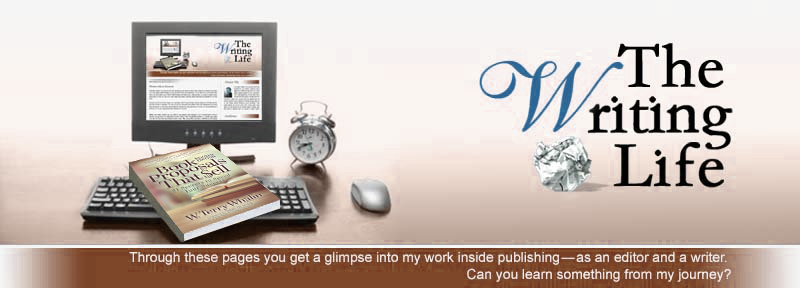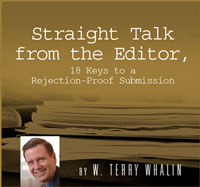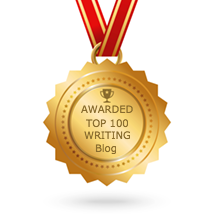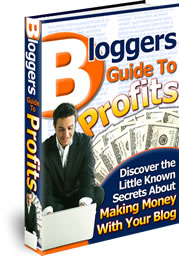Over the last few days, I’ve been going through another stack of manuscript submissions. It’s reminded me again of the massive numbers of people who are trying to write fiction—yet often doing it poorly. I believe at least some of these writers should be working in the nonfiction area to hone their craft. In particular they should be writing shorter magazine articles before they attempt anything like a 80,000 to 100,000 word novel.
At the conference this past weekend, bestselling novelist Debbie Macomber divided the fiction authors into three different groups. She said, “I described what I consider are the three types of people who write. The first group is the storytellers, the second is the writers who have the craft of writing down pat, and the third group is a combination of both. Now, it’s the third group that I think hasn’t suffered enough, because they have it too easy, in my opinion. I fall into the first category. I love to tell stories.”
From my perspective good storytelling isn’t only in fiction. Good storytelling is in fiction and in nonfiction. Someone who writes nonfiction is working with facts and weaving those facts into a fascinating story. I believe some people have read boring nonfiction and it’s turned them off from the form—just like there are some boring novels (thankfully most of them don’t get published).
If you haven’t read some great nonfiction, go to your local library and check out Truman Capote’s In Cold Blood. Then follow the link and read the first page or two of the book. The book came out in 1966 and as Amazon.com says about the book, “Capote combined painstaking research with a narrative feel to produce one of the most spell-binding stories ever put on the page. Two two-time losers living in a lonely house in western Kansas are out to make the heist of their life, but when things don’t go as planned, the robbery turns ugly.” It is nonfiction at its best and highly recommended.
Another nonfiction example of excellent storytelling would be the recent book from Jack El-Hai, The Lobotomist. Originally I purchased this book to support my friend from the ASJA. When Jack started this project, he assumed that he would be writing about an American Hitler-like person, Dr. Walter J. Freeman, who ranks as one of the most scorned physicians of the twentieth century for initiating the operation called lobotomy. Through his research, Jack learned about a remarkable man who helped many people in this operation. I found the book compelling and fascinating about a topic that I knew nothing about with excellent writing.
If you haven’t read The Professor and The Madman by Simon Winchester, make sure you pick up a copy of this book. It’s about the making of the Oxford English Dictionary—the most comprehensive dictionary in the English language. Doesn’t this sound like a boring topic? Who would guess that the greatest contributor was an American who was locked up in a mental institution on Great Britain? The storytelling is fabulous and the book was a New York Times bestseller. It’s as worthy of your reading time as any novel.
Finally in the area of nonfiction books, I recommend the new book from Michael Finkel, True Story: Murder, Memoir, Mea Culpa. I know it sounds like I read a lot of true crime. I hardly ever read such books but recently in the bookstore I stumbled on this cover, “Just as I was fired from a job I had coveted almost all my life, I learned about the murders. A man named Christian Longo, who was wanted for killing his wife and three young children, had fled to Mexico. He’d been hiding out there, pretending to be a writers for the New York Times—pretending, in fact, to be me.” See why I had to read this title? It’s compelling drama yet nonfiction and excellent storytelling.
You don’t have to turn to books to find excellent nonfiction storytelling. It’s everywhere if you are open to reading it. For example, I was fascinated with the detail, description and vivid storytelling in this piece in the current New Yorker magazine on God and Country, A college that trains young Christians to be politicians by Hanna Rosin. Check it out.
I love fiction but those writers don’t have the corner on good storytelling. It’s necessary for fiction and nonfiction. Just make sure as a writer you think about the various elements of a good story and include them in your writing. It will elevate it from the mundane into something that has to be published.





















